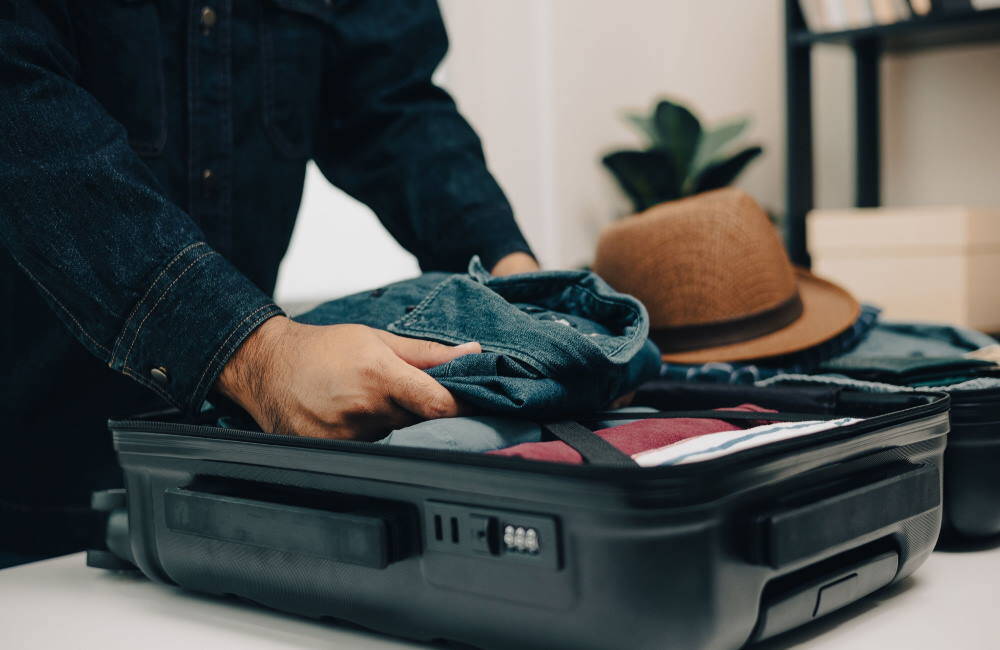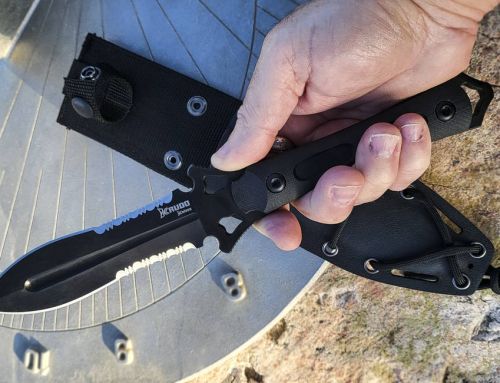While it’s possible to travel with a knife, it’s imperative to know the rules and adhere to them to avoid breaking the law. The following information looks at the rules around travel with a knife, but should not be used for legal advice (consult an attorney for that).
The main thing to remember is to exercise caution when traveling with a knife, even when driving from one state to another. It’s the responsibility of each knife owner to understand the laws that govern travel with a knife, which are often complex and overlapping.
These regulations apply to open carry and those who carry their best concealed knife.
The Rules on Airplanes
The Transportation Security Administration (TSA) makes it clear that the law prohibits carrying a knife on a plane, whether it is in your pocket or carry-on bag. This falls under the TSA’s general prohibition against carrying any sharp objects in carry-on luggage. However, the TSA does allow you to place a pocket knife in your checked-in luggage.
Potential exceptions for carry-on are plastic butter knives. The word “potential” is important because the TSA agents make the final call on what they will and will not allow onboard.
The best advice is to place your knife in checked-in baggage. The TSA asks that the knife is safely sheathed or wrapped in such a way that agents can open and check the baggage without harming themselves. While you don’t have to declare a knife in your luggage, it’s something to consider, especially if flying to an international destination.
That said, it’s critical to keep in mind the knife laws in your destination state or city. If you place a knife in your baggage that is illegal at your destination, TSA has the right to alert authorities.
Avoid Dangerous Situations While Traveling
Understanding Local Laws
In the U.S., each state (and the cities and counties within those states) have the right to put their own regulations in place that govern how and when a person can carry a knife. This patchwork of state and local laws can get knife owners in trouble unless they research the law where they intended to travel.
The American Knife and Tool Institute offers an example to illustrate the challenge knife owners face. A person traveling from Boston to Providence, Rhode Island, is subject to six different knife laws in just a 50-mile drive. They include Massachusetts laws; Boston city ordinances; the ordinances of cities and towns along the trip route, Rhode Island laws; Providence city ordinances and (at all times) federal laws.
“Before you travel you should check all of the laws and ordinances of the departure state and city, any pass through states and cities, and the arrival state and city, as well as federal laws regarding knife carry,” AKTI advised.
That’s a lot of research. One place to start is to know what knives are banned in most places. They include switchblades, butterfly knives, knives concealed as other objects (such as a lighter or pen) and throwing stars or throwing knives.
Other Issues Around Travel With a Knife
If you plan to travel by rail, know that Amtrak bans knives completely. For bus travelers, Greyhound allows knives in stowed luggage but not on carry-on bags or on your person.
Some states have what is known as a preemption law. They make the states the final authority on knife regulations, regardless of what a city or town has passed as an ordinance. States with preemption laws, according to AKTI, include Alaska, Arizona, Georgia, Iowa, Kansas, Montana, New Hampshire, Oklahoma, Tennessee, Texas, Utah, West Virginia, and Wisconsin.
When researching local and state laws, focus on the five areas that most knife laws regulate: blade deployment, blade length, locks, concealed carry (whether or not a knife is concealed can determine whether it is legal), and bans on specific types of knives.
It’s also possible to have a knife shipped to you rather than attempt to travel with it. However, package companies such as FedEx will not deliver an item that is illegal in the destination location, so researching local laws remains important, even when shipping.







Leave A Comment